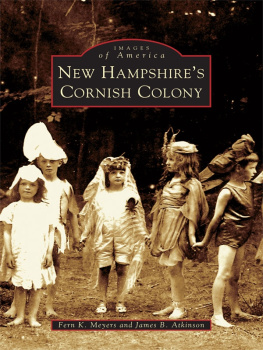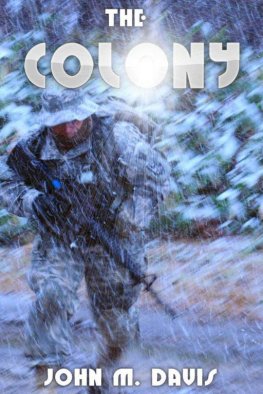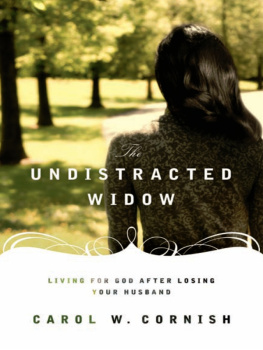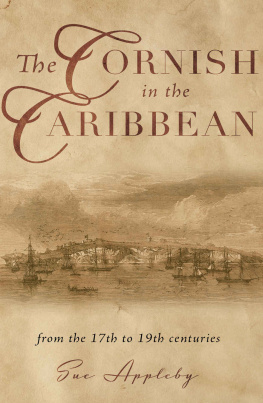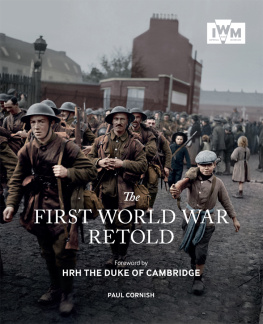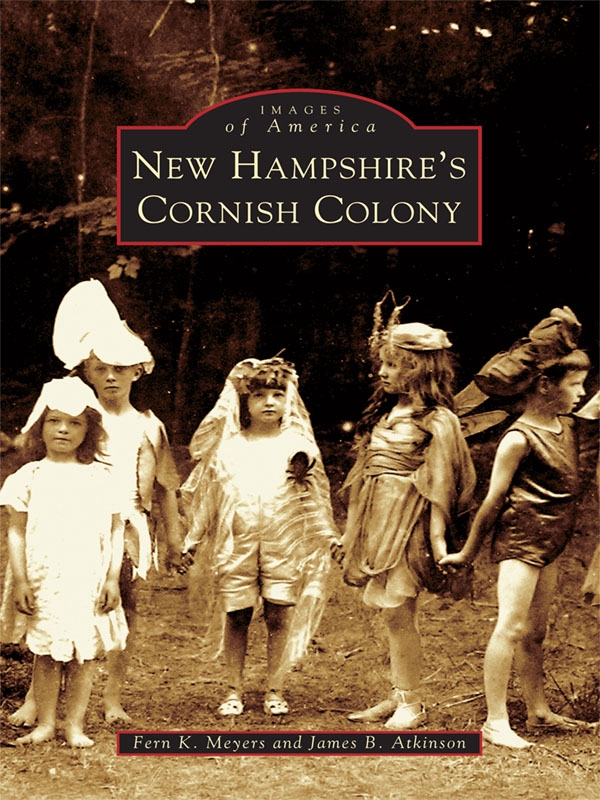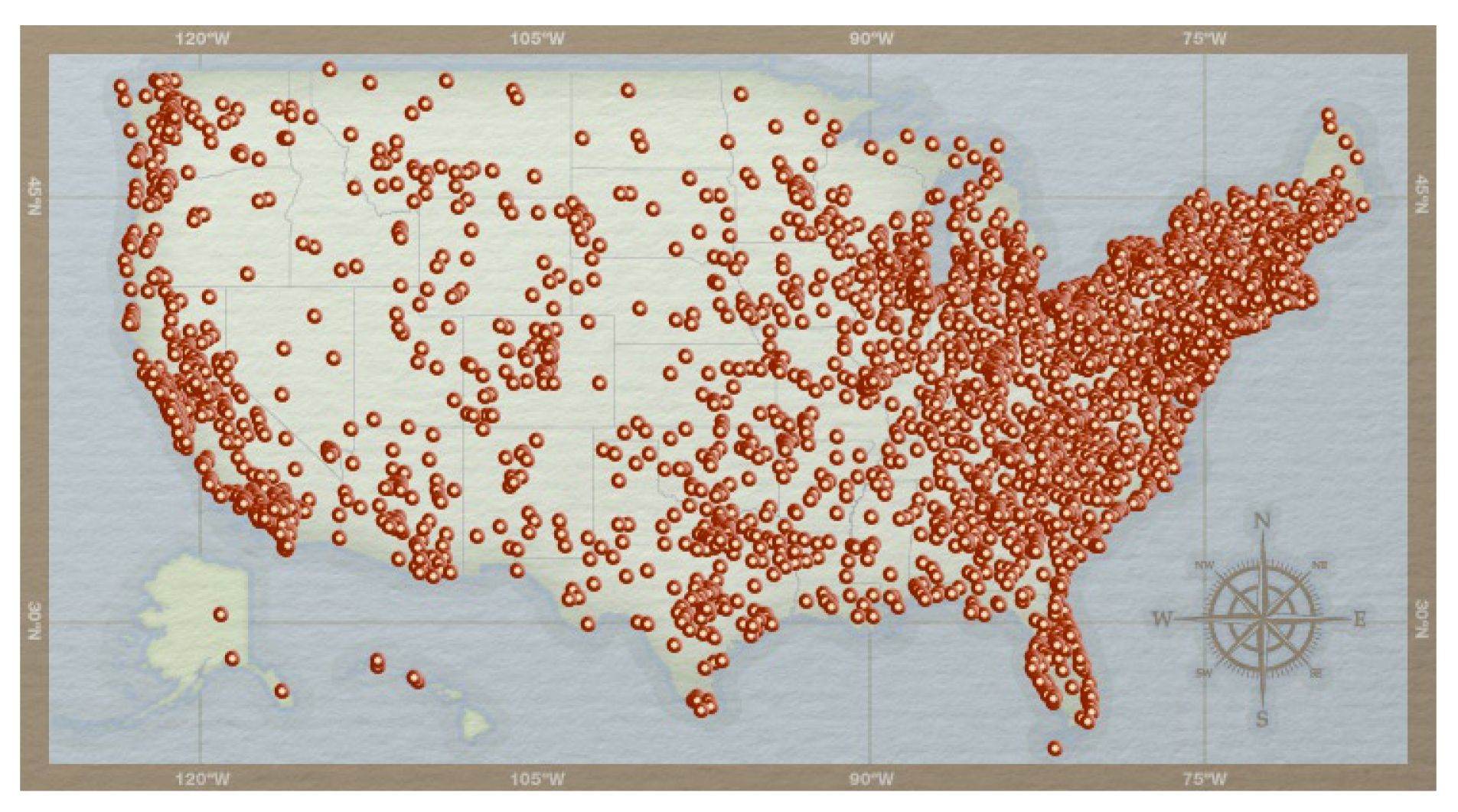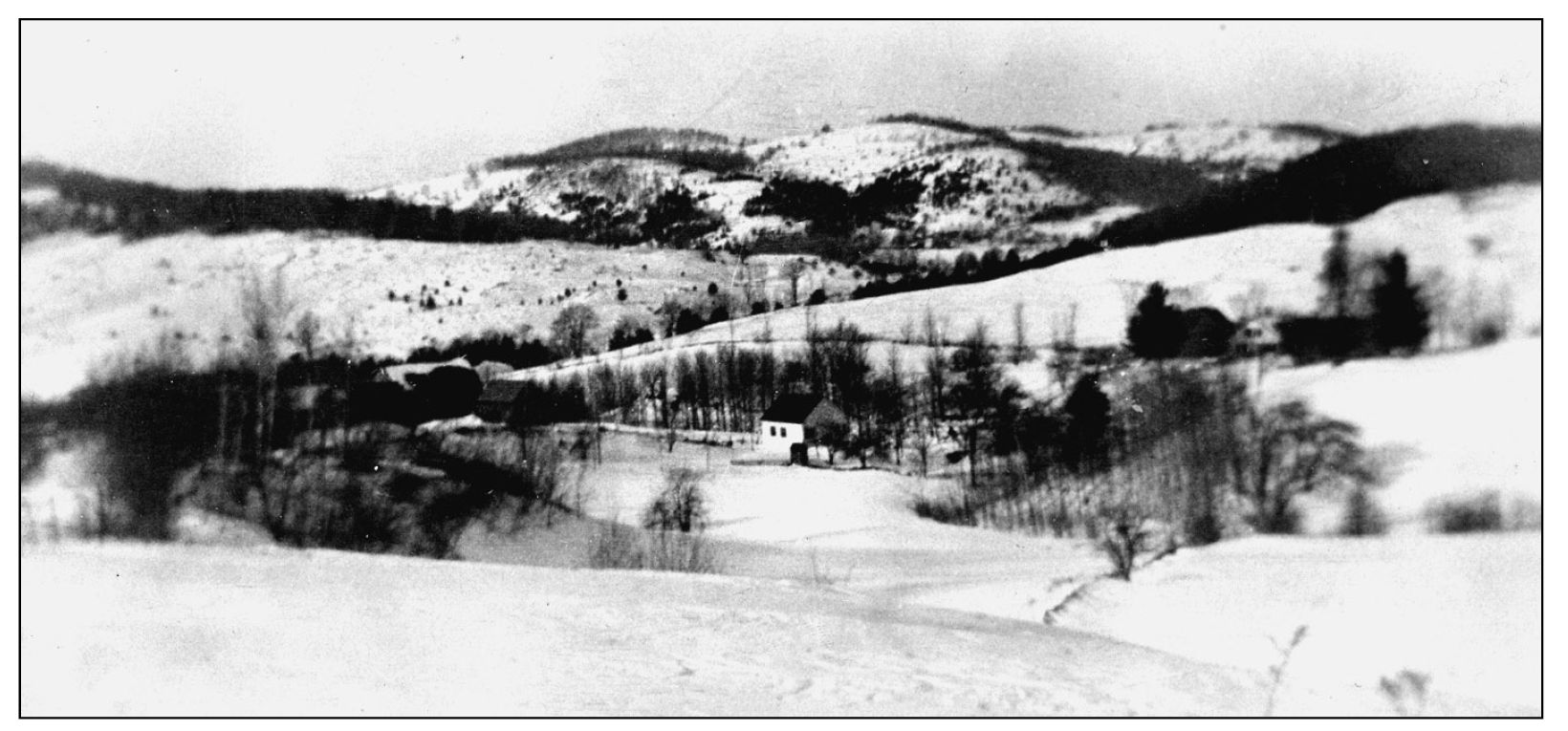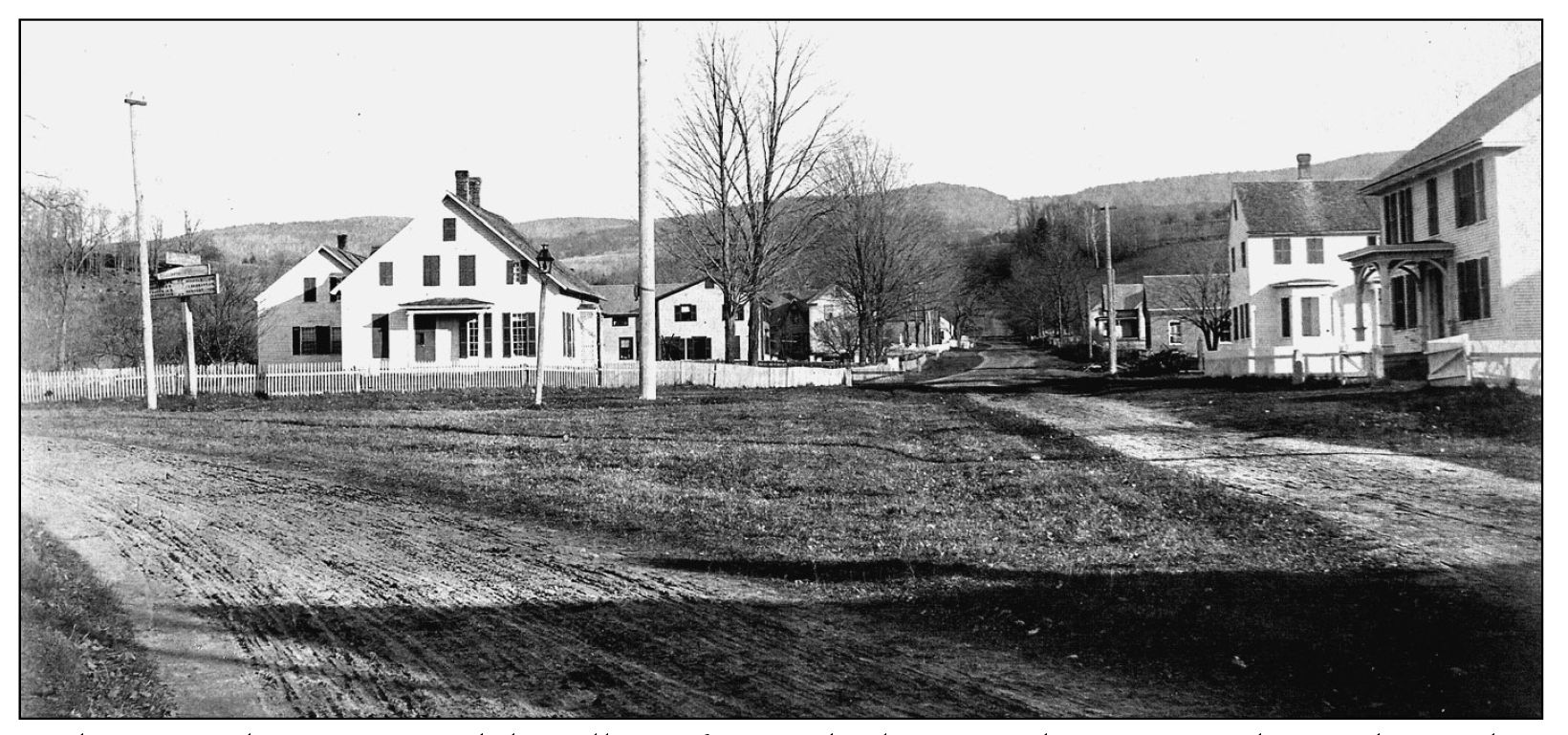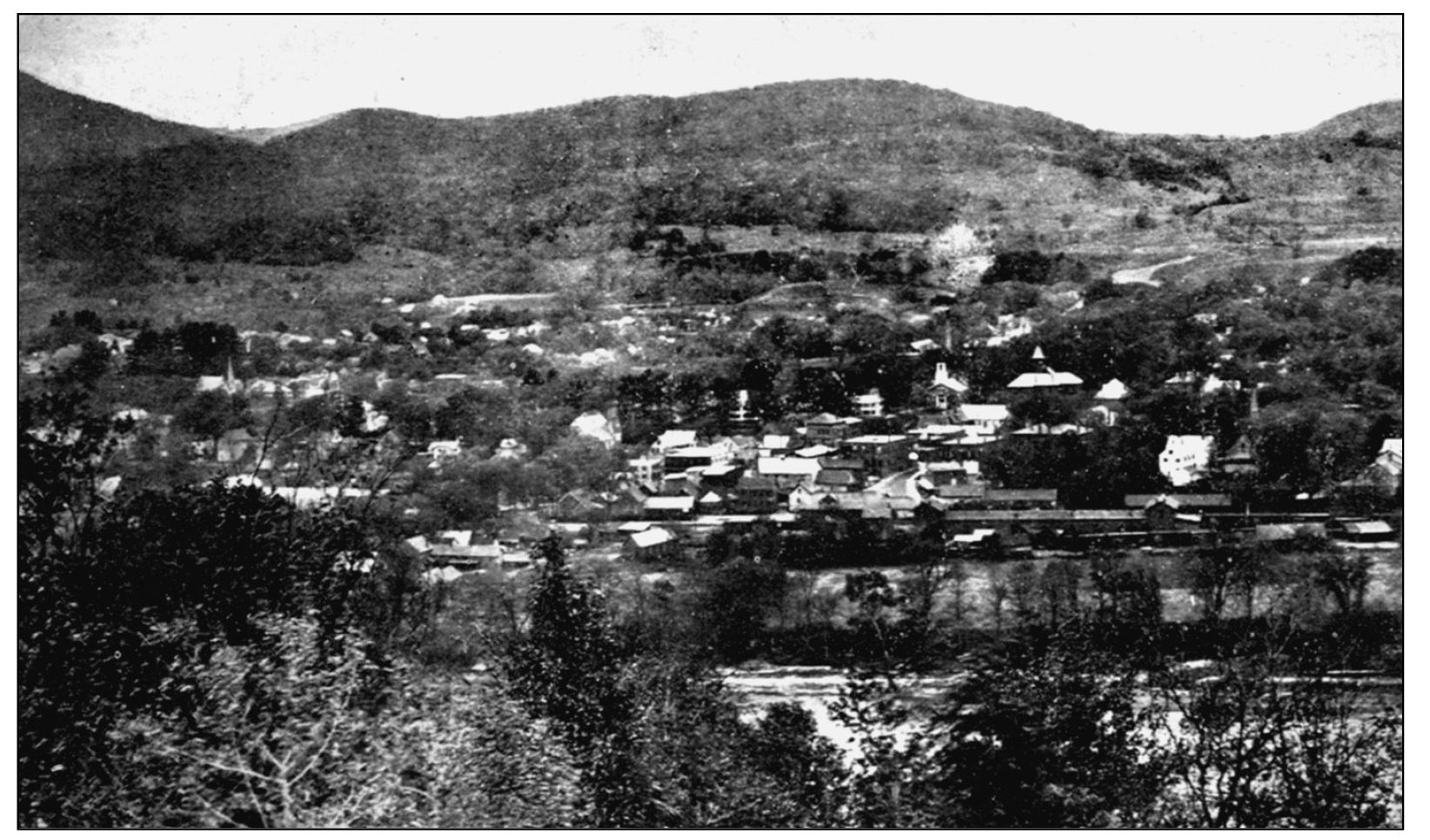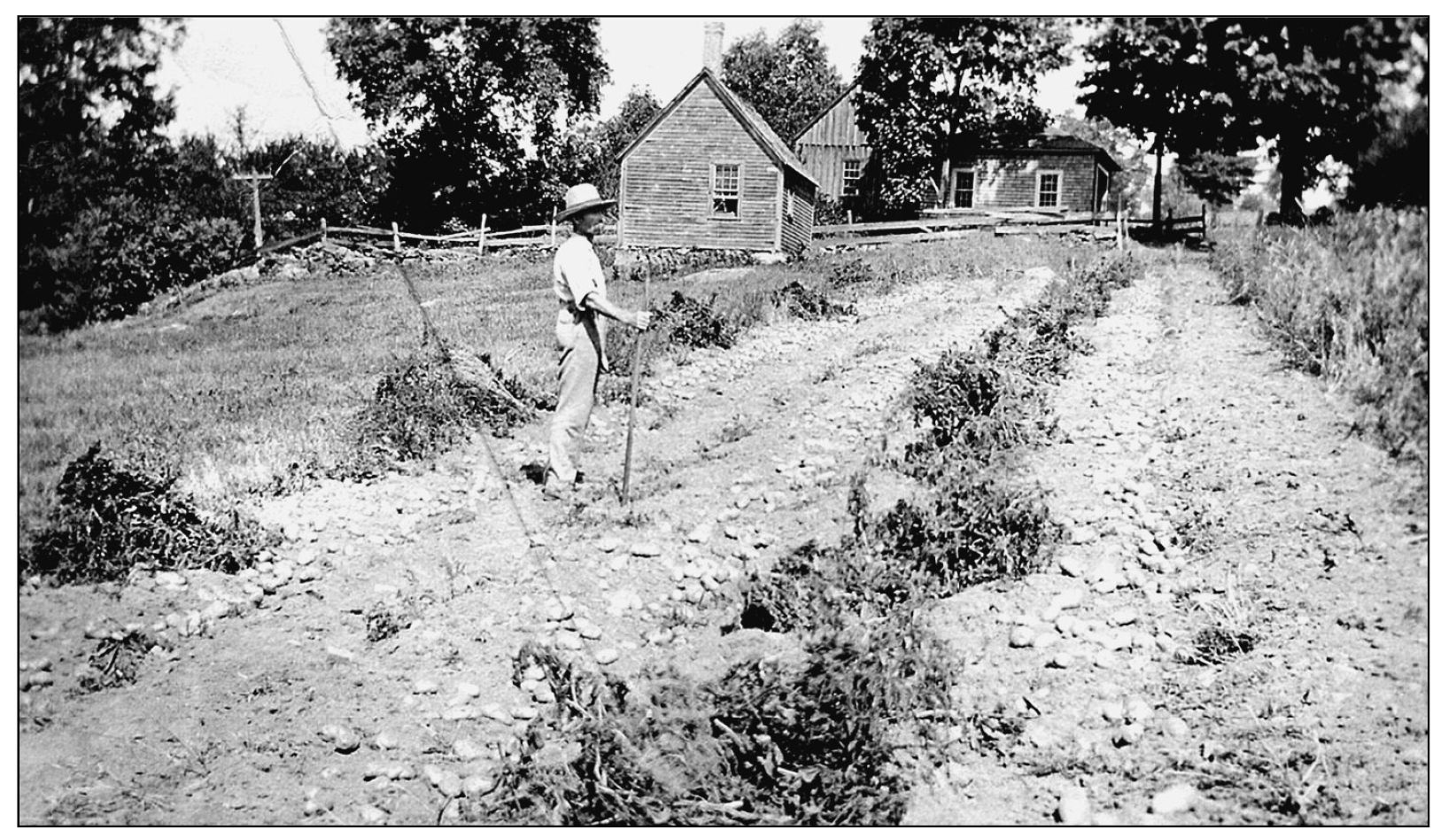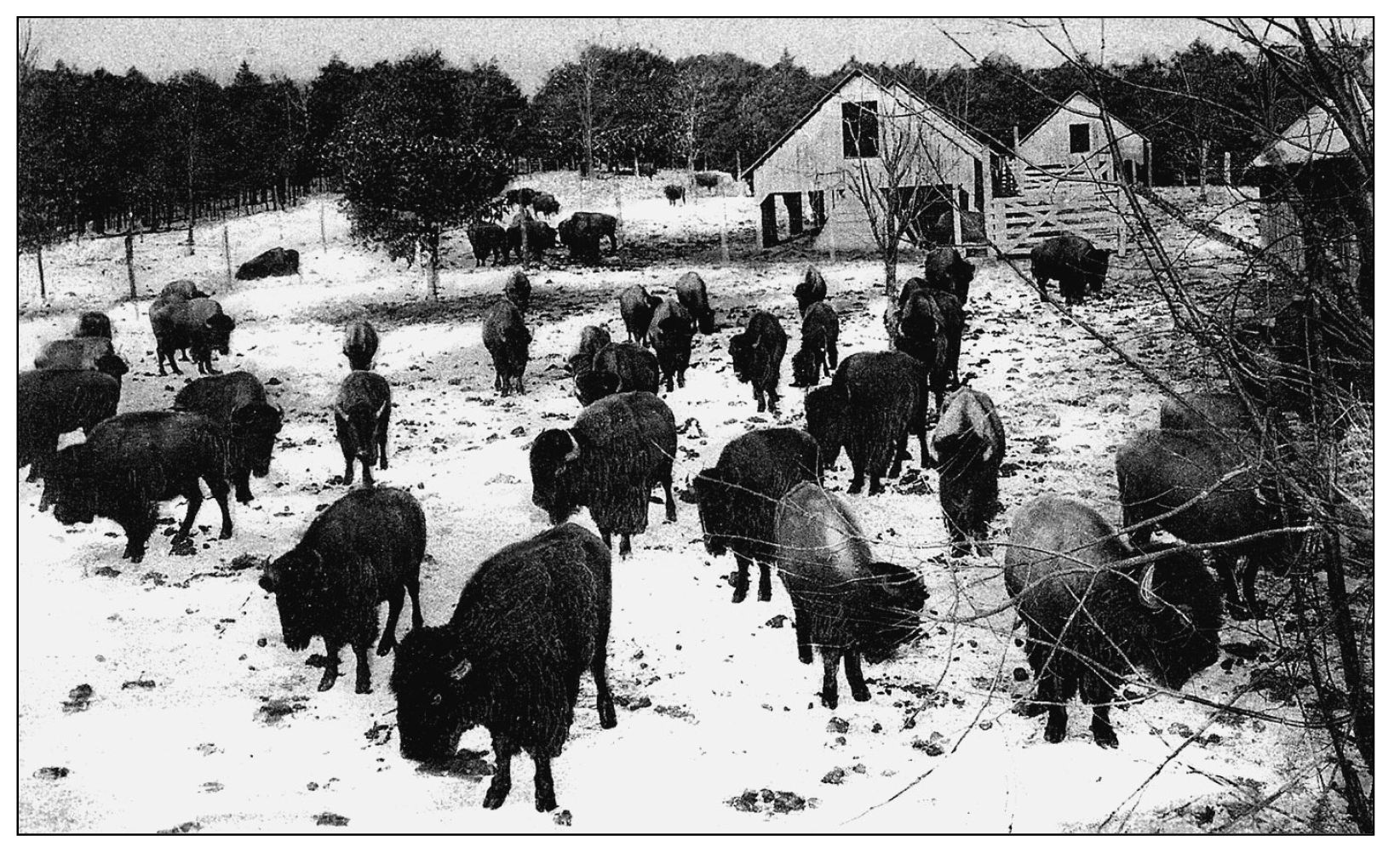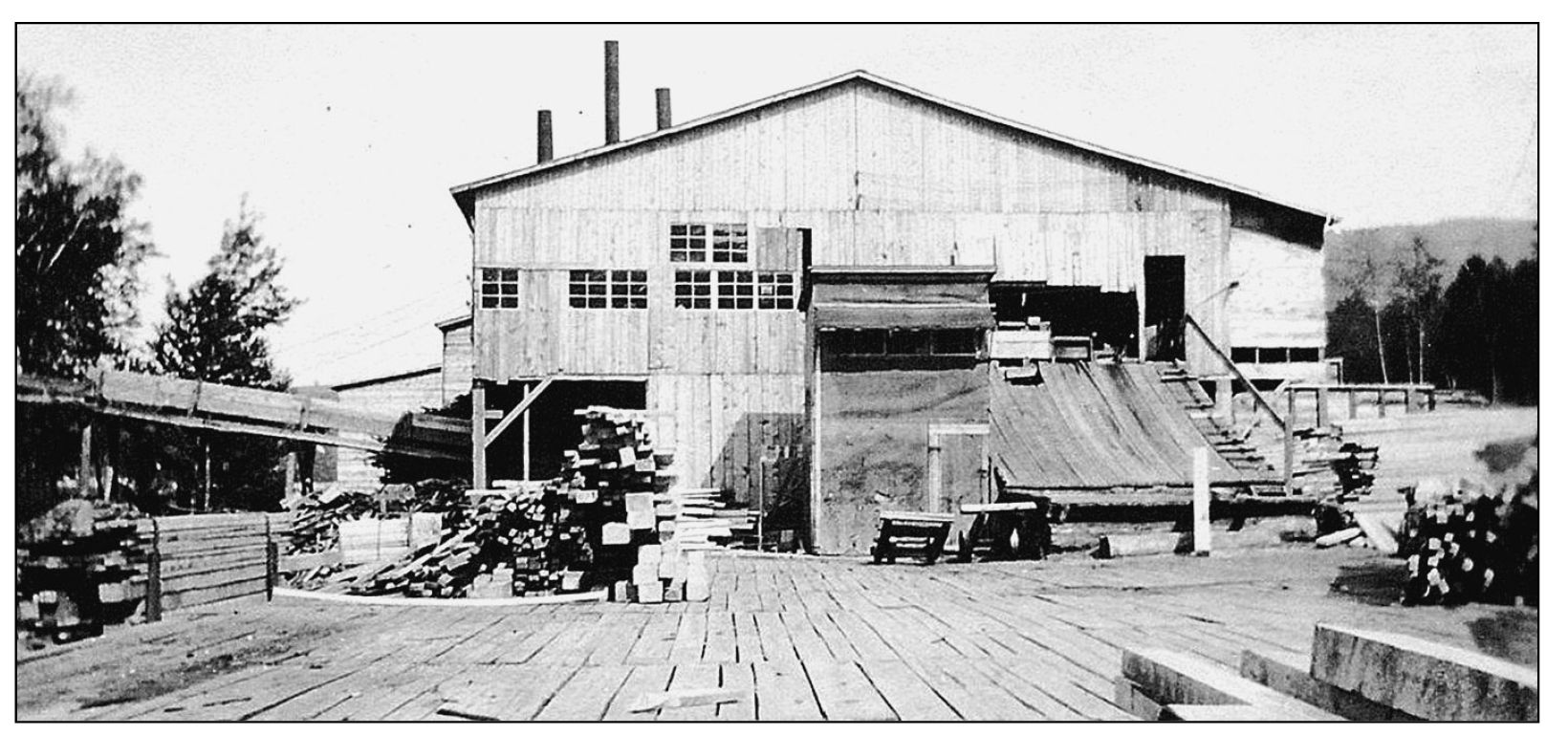Cornish Colony - New Hampshires Cornish Colony
Here you can read online Cornish Colony - New Hampshires Cornish Colony full text of the book (entire story) in english for free. Download pdf and epub, get meaning, cover and reviews about this ebook. City: New Hampshire;Cornish (Town, year: 2005;2011, publisher: Arcadia Publishing, genre: Non-fiction. Description of the work, (preface) as well as reviews are available. Best literature library LitArk.com created for fans of good reading and offers a wide selection of genres:
Romance novel
Science fiction
Adventure
Detective
Science
History
Home and family
Prose
Art
Politics
Computer
Non-fiction
Religion
Business
Children
Humor
Choose a favorite category and find really read worthwhile books. Enjoy immersion in the world of imagination, feel the emotions of the characters or learn something new for yourself, make an fascinating discovery.
- Book:New Hampshires Cornish Colony
- Author:
- Publisher:Arcadia Publishing
- Genre:
- Year:2005;2011
- City:New Hampshire;Cornish (Town
- Rating:5 / 5
- Favourites:Add to favourites
- Your mark:
New Hampshires Cornish Colony: summary, description and annotation
We offer to read an annotation, description, summary or preface (depends on what the author of the book "New Hampshires Cornish Colony" wrote himself). If you haven't found the necessary information about the book — write in the comments, we will try to find it.
New Hampshires Cornish Colony illustrates this distinguished American art colony. First settled in 1885 by colleagues of Americas Michelangelo, Augustus Saint-Gaudens, the Cornish Colony was a retreat for sculptors, painters, writers, and musicians. They were attracted to this peaceful valley nestled in the New Hampshire hills in the shadow of Vermonts Mount Ascutney. Known as the Athens of America, the Cornish Colony was a lively, glamorous society during its heyday from 1885 to 1925. One outstanding member, the famous artist Maxfield Parrish, was called a chickadee because he spent the entire year in Cornish, not merely the summer. In New Hampshires Cornish Colony, discover a portrait of the colonists society and the fascinating people who contributed to Americas cultural legacy.
Cornish Colony: author's other books
Who wrote New Hampshires Cornish Colony? Find out the surname, the name of the author of the book and a list of all author's works by series.

